Travelling soon to Kuala Lumpur, Malaysia? This capital city is home to many fun activities and attractions worthy of visiting, like the Petronas Twin Towers, Petaling Street, and many more. To save budget and to get around efficiently, it’s crucial to learn about how public transportation in Kuala Lumpur works. As a local, I would say it is pretty convenient, as most famous landmarks can be reached via not only one but several modes of public transportation (trains, buses, or taxis). It’s also generally easy to comprehend for foreign travellers, as most signboards, brochures, and online information have English translations.
Still not sure if you’re up for it? Fret not, here’s a Kuala Lumpur public transport guide for you to get familiar with all the available options. Read on and find out how to get around Kuala Lumpur via train, bus, and more!
Also read: 15 Gorgeous Airbnbs & Vacation Rentals in Kuala Lumpur You’ll Want to Live In
Public transportation in Kuala Lumpur
1. MRT (Klang Valley Mass Rapid Transit)
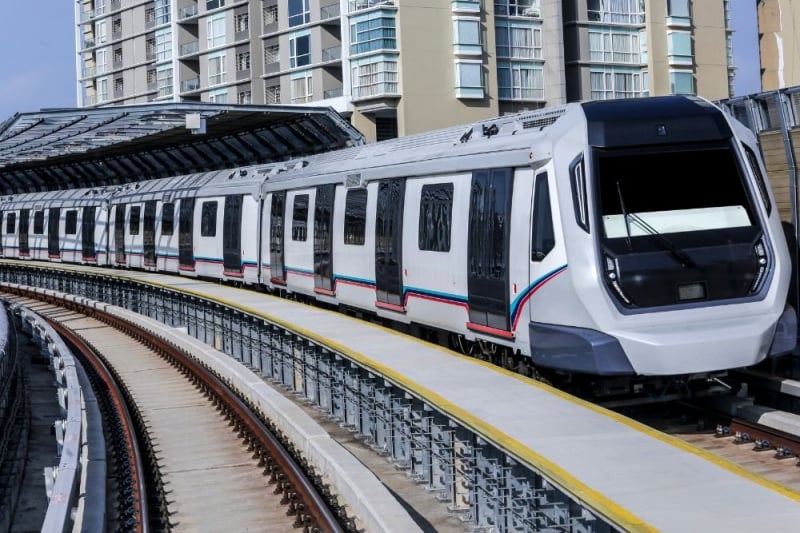
Image credit: razaklatif via CanvaPro
When it comes to KL public transport, the most common mode among locals is the MRT, aka the Klang Valley Mass Rapid Transit. Of course, tourists can also utilise this train service that is fast, new, and convenient. There are two MRT lines: the MRT Kajang Line and the MRT Putrajaya Line. The former has been around for around seven years now, while the latter has only been recently introduced.
The MRT Kajang Line travels through stations like Stadium Kajang, Kota Damansara, Cochrane (MyTown and IKEA shopping malls), and Maluri (Aeon Maluri and Sunway Velocity shopping malls). You can use this mode of public transport in KL to go to famous landmarks such as: Bukit Bintang; Tun Razak Exchange; Pasar Seni (near Petaling Street and Kwai Chai Hong); Muzium Negara (aka KL Sentral, near the National Museum of Malaysia), and Merdeka 118 (the tallest building in Southeast Asia).
The MRT Putrajaya Line, on the other hand, connects stations in Klang Valley like Putrajaya Sentral, Sungai Besi, Chan Sow Lin, and Titiwangsa. This line lets you explore famous places like Pudu district (Chan Sow Lin Station), Petronas Twin Towers (Persiaran KLCC Station), and Titiwangsa Park (Titiwangsa Station). Moreover, the Putrajaya Sentral Station is also connected to the ERL KLIA Transit Line, easing travel between the airport and Klang Valley.
Depending on the station, the final train usually arrives from around 11pm to 12am, and the earliest station closing time is 10.55pm. The minimum MRT fare should cost between RM0.80 (~US$0.18 or S$0.22) to RM1.00 (~US$0.20 or S$0.30), depending on whether you’re using a token or a Touch ‘n Go card. We recommend getting the Touch ‘n Go card to save up and have more convenience. You can purchase this at any ticket counter or select business premises.
2. LRT (Light Rail Transit)
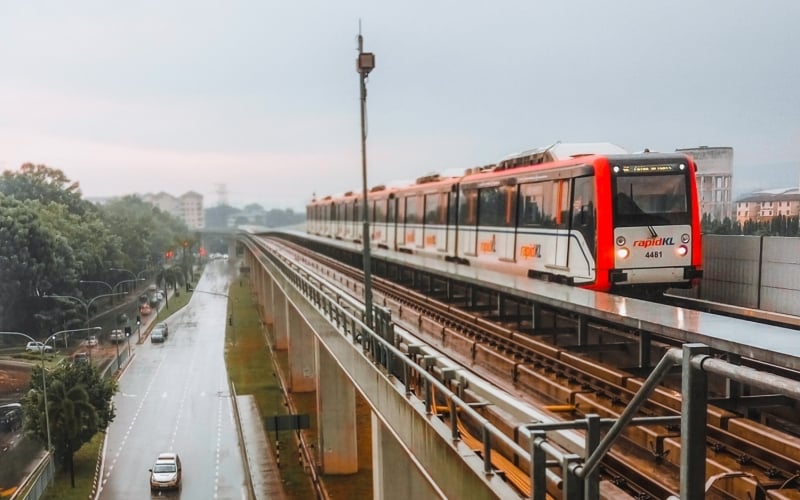
Image credit: Aniq Danial
Like the MRT, the LRT (Light Rail Transit) is another Kuala Lumpur public transport widely used to explore the city. It is the main transit for locals to travel to work and to go to places around Klang Valley. Compared to the MRT, LRT has more operational routes and is usually more crowded during peak hours. There are two main urban rail lines: Kelana Jaya Line, and the Sri Petaling and Ampang Line.
The Kelana Jaya Line goes from the areas of Subang to those of Gombak. It passes through stations in KL like KLCC, Masjid Jamek, Pasar Seni, KL Sentral, Bangsar, and Abdullah Hukum. Whereas the Sri Petaling Line goes from the areas of Puchong to stations in KL like Pudu, Chan Sow Lin, Hang Tuah, and Masjid Jamek. Similarly, the Ampang Line also connects stations in Kuala Lumpur like Pudu, Chan Sow Lin, Hang Tuah, Masjid Jamek, and the Ampang areas.
Depending on the station you’re heading to, the LRT fare should start at around RM1.10 (~US$0.20 or S$0.30). The last LRT train is usually at 11.30pm, depending on the location.
TripZilla Tip: We highly recommend taking the MRT or the LRT to travel around KL. Both offer greater comfort and a short waiting time (not longer than 10 minutes).
3. Monorail
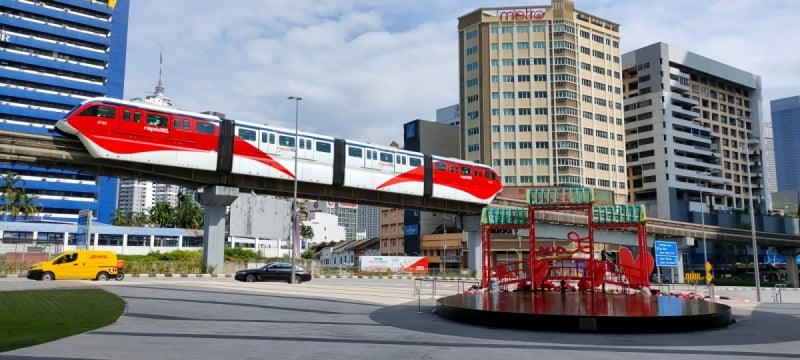
Image credit: Edwin Petrus
Unlike the previous two, the KL Monorail Line only travels intra-city. There are 11 stations in total, travelling from KL Sentral to Titiwangsa and vice versa. The stations are: KL Sentral, Tun Sambathan, Maharajalela, Hang Tuah, Imbi, Bukit Bintang, Raja Chulan, Bukit Nanas, Medan Tuanku, Chow Kit, and Titiwangsa.
It is a go-to choice for people who are travelling short distances, like from Hang Tuah to Bukit Bintang. The first train starts at 6am and the final train is at 11.30pm (from KL Sentral to Titiwangsa) and 11.50pm (from Titiwangsa to KL Sentral) respectively. The fee usually starts at around RM1.10 (~US$0.20 or S$0.30).
4. KLIA Transit (KLIA Ekspres)
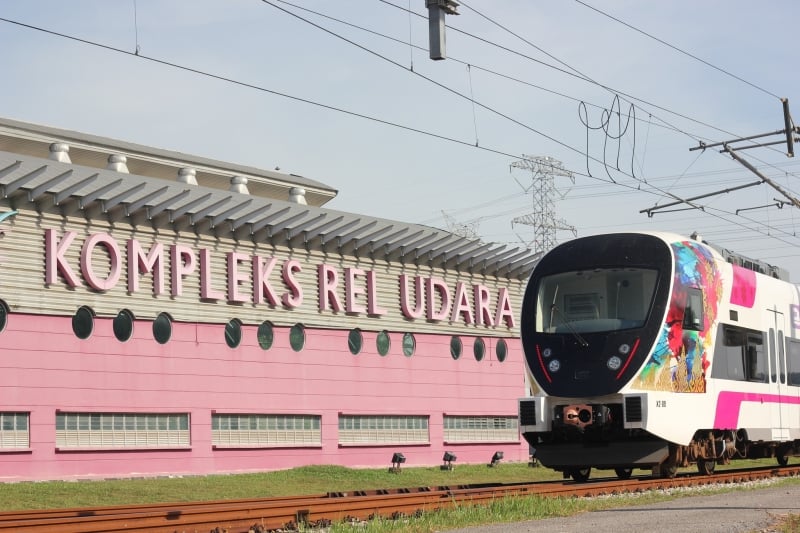
Image credit: KLIA Ekspres Official Facebook Page
The KLIA Transit is a Kuala Lumpur public transport mode that brings you to the city from the airport (and vice versa). It provides quick stops at stations like KL Sentral, Bandar Tasik Selatan, Putrajaya and Cyberjaya, and Salak Tinggi. You can also travel between KLIA and KLIA 2 via the KLIA Transit; it will only take you approximately three minutes.
The trains run every 15 minutes during weekday peak hours and every 30 minutes during weekday off-peak hours and weekends. The first train begins at around 5am, while the last train departs at around 12am. Depending on your destination, the one-way fare for adults ranges between RM2 (~US$0.40 or S$0.60) and RM55 (~US$12 or S$16).
5. Public buses
Rapid KL bus
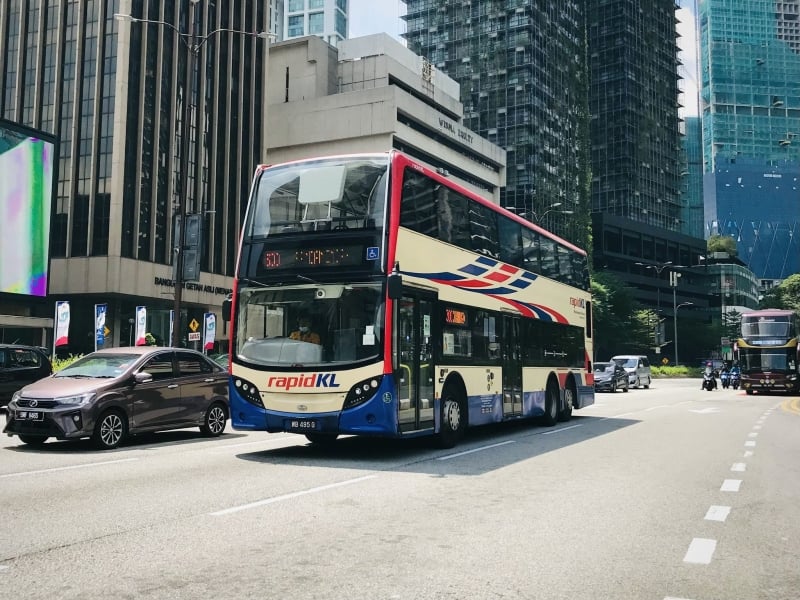
Image credit: RapidKL Official Facebook Page
Another Kuala Lumpur public transport mode is the public bus, a cheap way of getting around the capital city. In KL, RapidKL buses dominate the city and are the most popular choice. There are eight different bus routes, and the covered areas include Ampang, Cheras, Damansara, Jalan Ipoh, Jalan Klang Lama, Jalan Pahang, Lebuhraya Persekutuan, and Sungai Besi. We recommend checking out the Rapid KL bus information here.
The normal bus fare for adults ranges from RM1(~US$0.20 or S$0.30) to RM5(~US$1.10 or S$1.40). If you are paying with cash, make sure that you have the exact amount, as big notes are not accepted most of the time. Keep your ticket with you at all times as there will be inspectors onboard performing routine checks sometimes. If you are paying with the Touch ‘n Go card, remember to tap the card on the reader when you board, and tap again before you leave the bus.
Airport buses
There are several privately owned airport buses that can bring you from the airport to multiple KL places, like Airport Coach, Star Shutter, Airport Liner, City Liner and JetBus. You can purchase a bus ticket at the ticket counters usually located on the lower floors of the airport.
Most of these buses are air-conditioned, and some of them do provide services to the airport from certain locations, too. It is a good alternative for budget travellers, as the bus fares are relatively cheaper, starting from only RM10 (~US$2.10 or S$2.90) for a one-way ticket.
KL Hop-on Hop-off
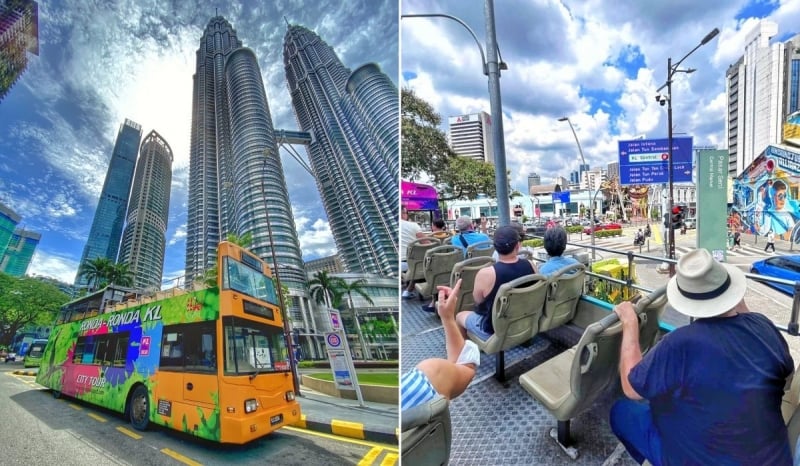
Image credit: KL Hop-on Hop-off City Tour Official Facebook Page
The KL Hop-on Hop-off, also known as Ronda Ronda KL, are open-air double-decker buses that offer a city tour experience. These tourist-friendly buses take you to more than 60 sites and attractions in Kuala Lumpur, such as the KL Bird Park, Petronas Twin Towers, River of Life, and Central Market; giving a one-of-a-kind and fun experience while getting the most out of your trip. It’s especially ideal if you’ll only be in KL for a short amount of time!
There are day tours that run from 9am to 6pm. You can choose to take the bus within the operating hours, and an entire tour will take about two hours. There are also night tours called KL City of Lights, which also run for two hours, with a departure time at 8pm only. The adult ticket fee for international tourists starts from RM60 for a day tour, and costs RM65 for a night tour. Both tour options are available daily.
Also read: 20 Best Malls in Kuala Lumpur & Klang Valley for Avid Shopaholics
6. KTM Komuter
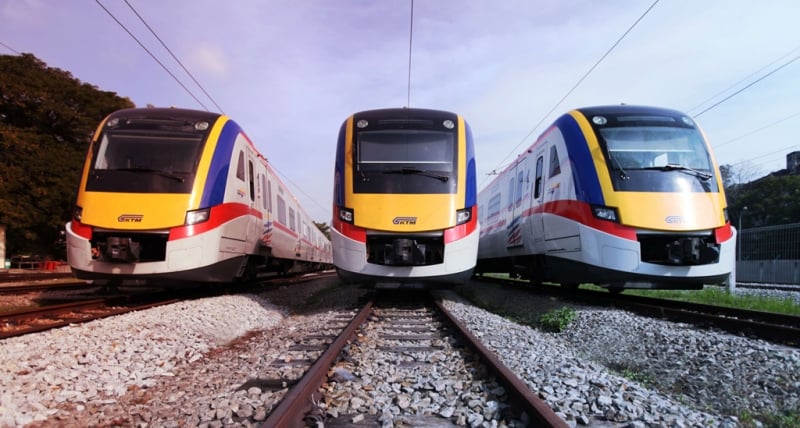
Image credit: KTM Berhad Official Website
Operated by Keretapi Tanah Melayu (KTM), the KTM Komuter provides commuter rail service not only within KL, but around Klang Valley as well. Depending on your destination, the ticket fare ranges from RM0.80 (~US$0.10 or S$0.20) up to RM12.40 (~US$2.70 or S$3.60) per journey. It can bring you to several destinations within the Klang Valley, including Mid Valley Megamall, KL Sentral, Batu Caves, and Klang.
The Komuter Link Card is now compulsory when taking this Kuala Lumpur public transport mode. Only children, senior citizens, and PWDs are allowed to take the KTM via tokens. Again, we recommend getting the Touch ‘n Go card as well for more convenience. You can purchase both cards at the ticket counters, while the Touch ‘n Go card is also available at select business premises.
ETS (also under KTM)
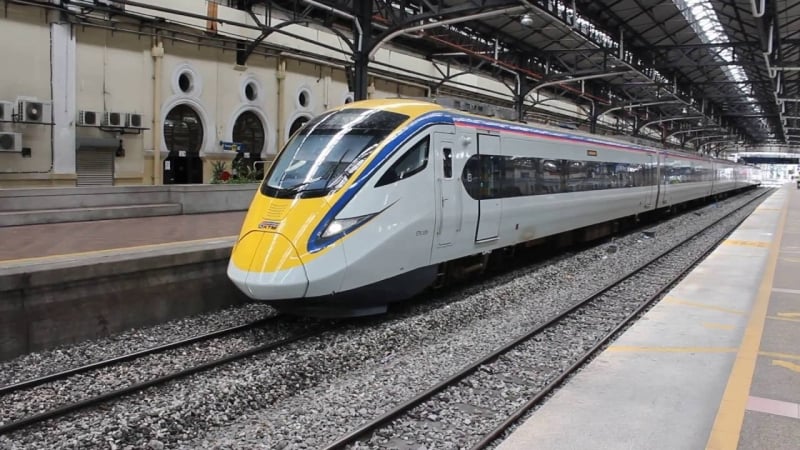
Image credit: KTM Berhad Official Website
Owned by the same company, this mode of public transport in KL called the ETS is mainly for inter-city travelling. You can go from KL to destinations like Penang, Perlis, Kedah, Pahang, Perak, Negeri Sembilan, Melaka, and Johor Bahru. It can even take you as far as Hat Yai in Thailand. The major routes are: Gemas – KL Sentral – Padang Besar; KL Sentral – Ipoh; KL Sentral – Butterworth; and KL Sentral – Padang Besar.
There are three types of ETS services, namely: the ETS Silver (the slowest, since it stops at every station along the way); ETS Gold (stops at select stations); and ETS Platinum (the quickest, since it has fewer stops). Depending on your destination and the type of ETS service you choose, the average one-way ticket price should be around RM60 (~US$13.10 or S$17.50).
7. Taxi
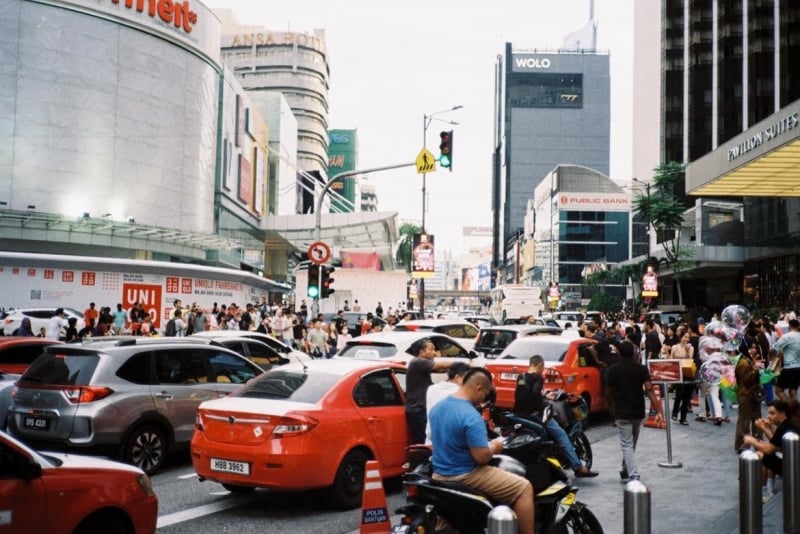
Image credit: Cecelia Chang
Nowadays, taking a taxi is no longer a typical choice, especially with so many other alternatives available. Nonetheless, you can easily find these red and white cabs (sometimes blue, green, or light brown) with a taxi sign on top around popular attractions in KL. The more common red and white taxis are the budget taxis, but there are also premium taxis and family taxis.
Communicate with the taxi driver about your destination before getting inside the cab. Also, make sure that the driver has the taxi metre on, as some might skip this and charge you extra. Taxi fares in KL start from approximately RM3 (~US$0.70 or S$0.90) during the day and approximately RM4.50 (~US$1 or S$1.30) at night.
There is also a surcharge if you are coming from the airport. You are not obliged to tip your taxi driver, but they will gladly accept it if you do.
8. E-hailing services
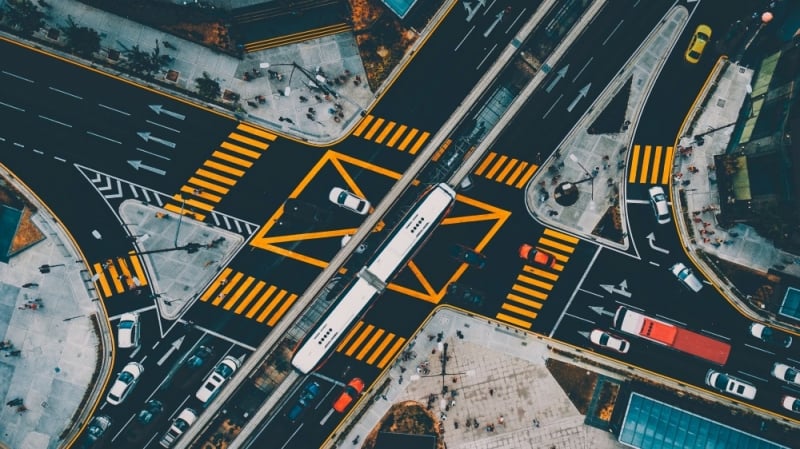
Image credit: Deva Darshan
Like in many other countries, e-hailing services are prevalent in Kuala Lumpur. Besides tourists, locals also widely utilise Grab, the most famous e-hailing application in the country. There are also other apps like MyCar, Maxim, AirAsia Ride, and Buddy Driver.
Grab Malaysia’s minimum rate is RM5 (~US$1.30 or S$1.70), and the fare might increase during high-demand hours. Other than GrabCar (JustGrab), there is GrabCar Plus and GrabCar Premium with more boot space and comfortable seats, and GrabCar 6-seater for larger groups. There is also JustSave, where you share a ride with another passenger at a discounted price.
How to get around Kuala Lumpur as a tourist via other means
9. Walking
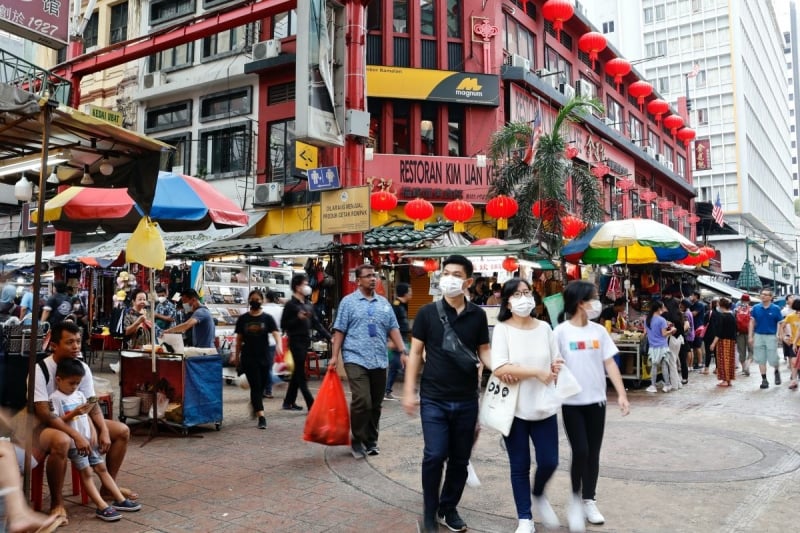
Image credit: You Le
Kuala Lumpur itself is quite walkable. Therefore, walking is another alternative to exploring the city fully. Besides, walking is almost inevitable if you want to stroll around famous landmarks such as Petaling Street and KLCC. The distance between certain attractions, like Petronas Twin Towers to the KL Tower, is also not too long. Nevertheless, we recommend bringing along a bottle of water and umbrella, and wearing breathable clothing, as Malaysia’s weather is known to be sizzling.
10. Renting a motorbike
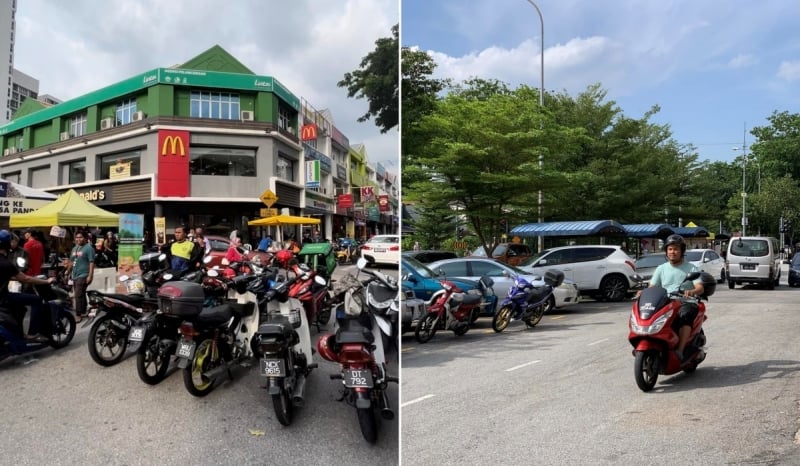
Image credit: Cecelia Chang
Though less common, renting a motorbike or a scooter is another way of getting around in KL for locals and tourists alike. Just a simple Google search will get you to many online motorcycle rental websites, but you can also head to a rental shop at the city centre. Depending on the period and the type of motorbike or scooter you rent, it should cost you around RM20 (~US$4.40 or S$5.80) to RM150 (~US$32.80 or S$43.50) per day.
11. Renting a car
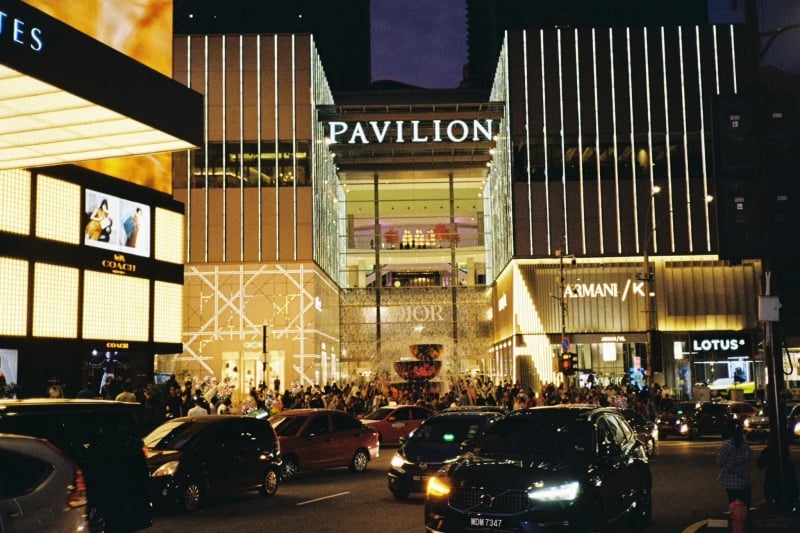
Image credit: Cecelia Chang
Renting a car is a more luxurious but leisurely way of getting around KL However, do keep in mind that KL is a bustling city and being stuck in a traffic jam is basically a norm here, especially during rush hours. The price of a car rental in KL will cost you approximately RM90 (~US$19 or S$26) or more per day, depending on the type of car you choose.
Although travelling via private car in KL has many advantages, it might be difficult to find parking around the city. Also, speaking from a local perspective, parking fees can be quite expensive, so that’s another factor to consider.
Also read: 10 Hidden Gems in Kuala Lumpur That Are Worth Exploring
So, there you have it — our ultimate Kuala Lumpur public transport guide to help you travel around with ease.
There are so many ways to get around as a tourist in Malaysia’s capital city. When in doubt while taking public transport, don’t hesitate to ask a local for clarification. We hope that your trip to Kuala Lumpur will be a wonderful one!





